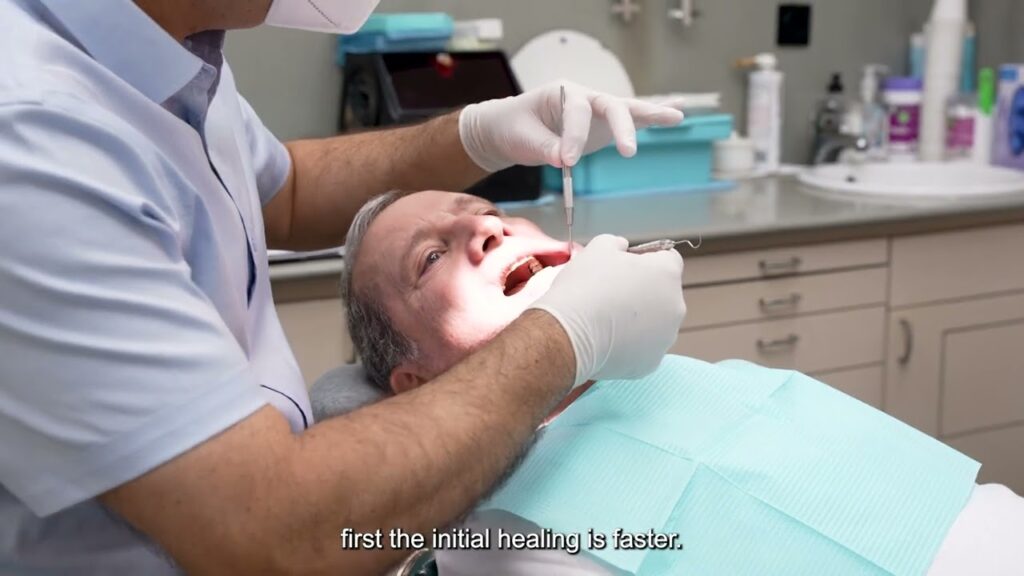Combating Peri-Implantitis: A Comprehensive Overview and the Role of Magdent’s PEMF Technology
Peri-implantitis, a prevalent complication in dental implantology, is a critical concern for both patients and dental professionals. Characterized by inflammation of the gums and bone loss around dental implants, it presents a challenge to the long-term success of dental implants. In this blog, we will explore the current understanding of peri-implantitis, its prevention, treatment options, and how Magdent’s innovative PEMF technology can play a role in managing this condition.
Understanding Peri-Implantitis
Peri-implantitis is an inflammatory condition that affects the soft tissues surrounding a dental implant, leading to progressive bone loss. Risk factors for developing peri-implantitis include retained cement on the implant surface, improper implant positioning, and overcontoured crowns, which hinder the removal of excess cement. The prevalence of peri-implantitis is estimated to be between 19-65% at the patient level after 5 to 10 years of function.
Treatment Approaches
The management of peri-implantitis involves various strategies, depending on the severity of the condition. Surgical treatment, often combined with hydrogen peroxide and systemic antibiotics, has been found effective, especially considering the implant surface characteristics. Conservative methods, including manual ablations, laser-supported systems, and photodynamic therapy, can treat mild to moderate cases of peri-implantitis effectively. The primary goal of treatment is to reduce inflammation and arrest disease progression, with the ultimate aim of re-establishing osseointegration.
Prevention Strategies
Preventing peri-implantitis is paramount. This involves maintaining peri-implant health, controlling biofilm buildup, and responding appropriately to the host’s immune response. Key prevention strategies include regular oral hygiene, professional cleanings, and careful monitoring of the peri-implant area.
Magdent’s PEMF Technology in Managing Peri-Implantitis
Magdent’s groundbreaking technology harnesses Pulsed Electromagnetic Field (PEMF) to enhance the healing process around dental implants. By increasing bone formation and decreasing periodontal pathogenic biofilm formation, Magdent’s technology addresses two critical aspects of peri-implantitis – bone loss and inflammation. This innovative approach not only accelerates natural healing but also improves the overall success rates of dental implant procedures.
Dental Professionals’ Perspective
Dental professionals who have incorporated Magdent’s technology into their practices have observed significant advantages. These include improved healing times, enhanced patient recovery, and potential for future applications in dentistry. Magdent’s electromagnetic healing abutments, working with standard implants, activate and accelerate the body’s natural biological processes, offering a new way to stimulate implant stability and combat peri-implantitis.
Conclusion
Peri-implantitis remains a significant challenge in dental implantology, but advancements in treatment and prevention strategies are continuously emerging. Magdent’s PEMF technology represents a promising solution in this battle, offering a unique approach to enhance healing and reduce the risk of peri-implantitis. For those interested in learning more about this innovative technology and its benefits for dental implants, visit Magdent’s website and explore the possibilities of electromagnetic healing in dental care.
